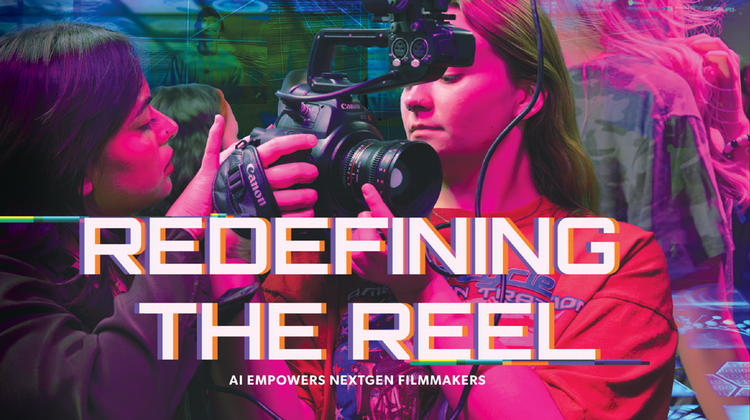NSF Grant Supports Island University Researcher in Dolphin Reproductive Anatomy Study
CORPUS CHRISTI, Texas – Artificial insemination, or assisted reproduction, is not an uncommon conservation method for species whose natural population and biodiversity are dwindling, however, scientists have not yet developed a method that ensures consistent results.
Texas A&M University-Corpus Christi’s Dr. Dara Orbach, Assistant Professor of Marine Biology, is charting a path to refine this process by understanding the reproductive morphology of female dolphins and how it contributes to productive fertilization. Reproductive morphology refers to how reproductive organs are composed and interact with other organs.
“So much research in artificial insemination focuses on ways to preserve sperm so that after you freeze it, it remains viable,” Orbach said. “Yet, there’s little research on how to improve sperm quality when it is first emitted from the body. That’s where our research comes in. We are taking a different approach using an artificial reproductive tract to see how this might improve artificial insemination success.”
Orbach recently secured a $497,922 National Science Foundation grant to examine how the reproductive anatomy of female bottlenose dolphins enhances or decreases sperm quality samples collected from male dolphins under managed care. Dr. Jonathan Cowart, post-doctoral researcher in the College of Veterinary Science at the University of Florida, and Jackie Rich, a TAMU-CC doctoral student pursuing a degree in marine biology, are critical players on Orbach’s team.
Using female reproductive organ molds made by state-of-the-art 3D printers in Orbach’s lab, Orbach’s team will film the interaction between male dolphins and the molds to determine how tactile cues alters semen quality.
Rich, who has worked alongside Orbach since joining TAMU-CC in 2021, recently presented the project proposal at research conferences across the nation. According to Rich, the research also has potential to alter the process of livestock production while improving endangered species conservation through maintaining genetic diversity.
“Many aquaria and zoos breed exotic and endangered species to release them back into the wild, and one of the important aspects of that is making sure that within those populations, they are maintaining genetic diversity,” Rich said. “One of the hopeful outcomes of our research is that by collecting high quality and very viable sperm specimens using our novel techniques, we can aid sustainable conservation of species.”
Orbach said that another vital impact of the research is the spotlight it shines on the gender bias and imbalance in comparative studies about genital evolution.
“Historically, female genitalia are not as well researched compared to males,” Orbach said. “This relates back to a historic gender bias when the researchers were mostly males explicitly interested in male roles in reproduction. So, our question is largely looking at the important role of female genital form in sexual selection, and the role at this post-copulatory level.”
The research is set to span from 2022 to 2025 and will involve the partnership of aquaria from both Florida and Texas. While still in its early stages, Orbach and Cowart say they are hopeful the data collected will lead to new and groundbreaking discoveries that could change the scope of artificial insemination.
“While the current grant is for three years, I suspect that the data we uncover will be some really exciting findings for basic and applied sciences, which will perpetuate and lead to new discoveries and new research directions,” Orbach said. “There’s a lot of potential directions we can move. Right now, we’re laying the foundation for a whole new field that has yet to be explored.”








